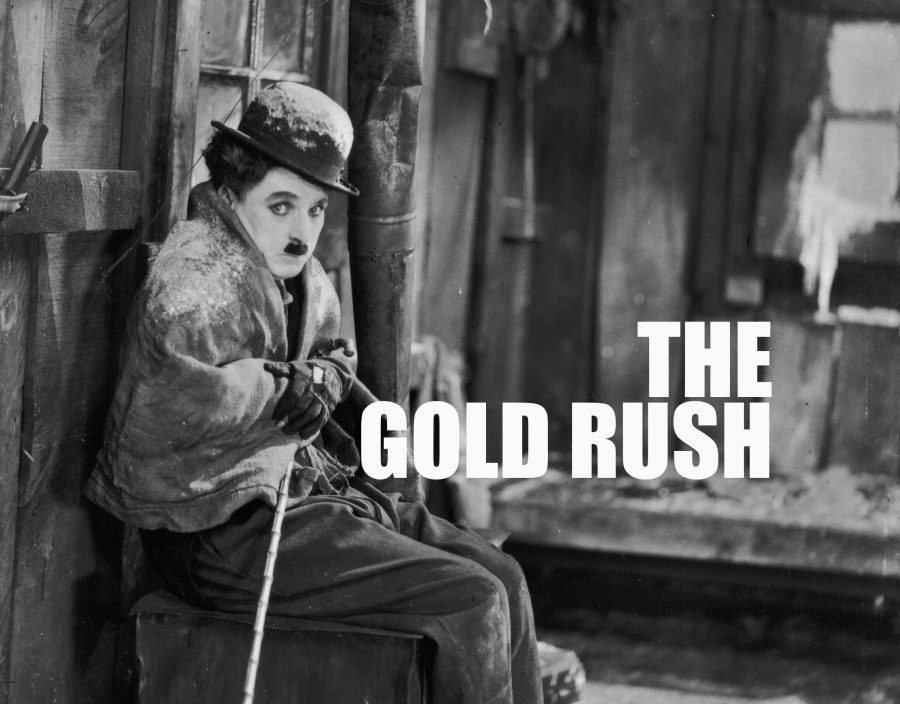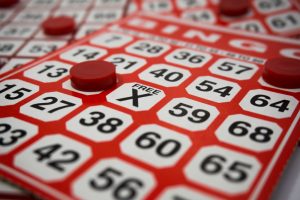An old girlfriend who was prone to the blues often looked for simple ways to cure her small depressions. Take a walk, call a friend, avoid me, whatever it took. One of her favorite remedies was repeatedly playing a few moments from Charlie Chaplin’s “The Gold Rush.”
The scene she’d always fast-forward to is not far from the end, just after Chaplin’s Little Tramp, now stuck in the Yukon, fantasizes about a cabin dinner party for the prettiest girls in town. To entertain these impossibly lovely saloon ladies, he sticks a couple of buns with forks and performs a dance on the table top, the utensils and bread becoming tiny legs and feet.
The famous “Oceana Roll” scene is really what Chaplin and his career were about. The wistful and pleased look on his face as he does his improvisational jig is an invitation to just enjoy, in surprisingly sentimental ways that almost always find a humanistic chord in the viewer. It’s an offer that’s hard to resist.
“The Gold Rush” (available on DVD, streaming video and occasionally on Turner Classic Movies) came out in 1925, well after Chaplin had established himself with a series of imaginative, pathos-rich shorts. His earliest full-length masterpiece, it takes much from the shorter pictures stylistically while expanding the Little Tramp, the Everyman character Chaplin became famous for.
Unlike the era’s other great comedian, Buster Keaton, Chaplin wasn’t much interested in a crafted narrative. He preferred to approach a movie as a chain of comic opportunities that didn’t require a well-tuned story line to keep the audience involved. This is the contrast between comedy and tragedy. If the pieces were brilliant, he reasoned, the whole would be brilliant.
“The Gold Rush” is typically slim on plot. Chaplin, described here as “The Lone Prospector,” is in Alaska searching for his fortune but is soon caught in a blizzard. Seeking shelter, he ends up in a cabin with Black Larson (Tom Murray), an outlaw, and Big Jim (Mack Swain), another prospector.
Some of Chaplin’s best-known bits ensue: On the verge of starvation, he boils a shoe and delicately eats it, twirling the shoestrings like spaghetti. Later, Big Jim, now delirious, imagines Chaplin’s character as a giant chicken, giving Chaplin the excuse for an inspired impersonation.
The movie’s second half finds Chaplin’s character in town, mainly trying to survive the hard men around him and woo Georgia (Georgia Hale), the queen of the local watering hole. Of course, this court and spark is mostly fizzle, but Chaplin’s blues are soon fixed.
What made Chaplin unique to the silent film comedy was the layer of emotion he brought to his projects. Before him, the humor was based more on hard slapstick than character identification, and his Little Tramp became one of film’s most recognizable creations. It’s pretty obvious, but audiences adored Chaplin simply because they saw themselves in his hapless but always dignified alter-ego.
Director’s cue: Movie lovers, you may also want to take a look at Orson Welles’ Citizen Kane and Casablanca.





